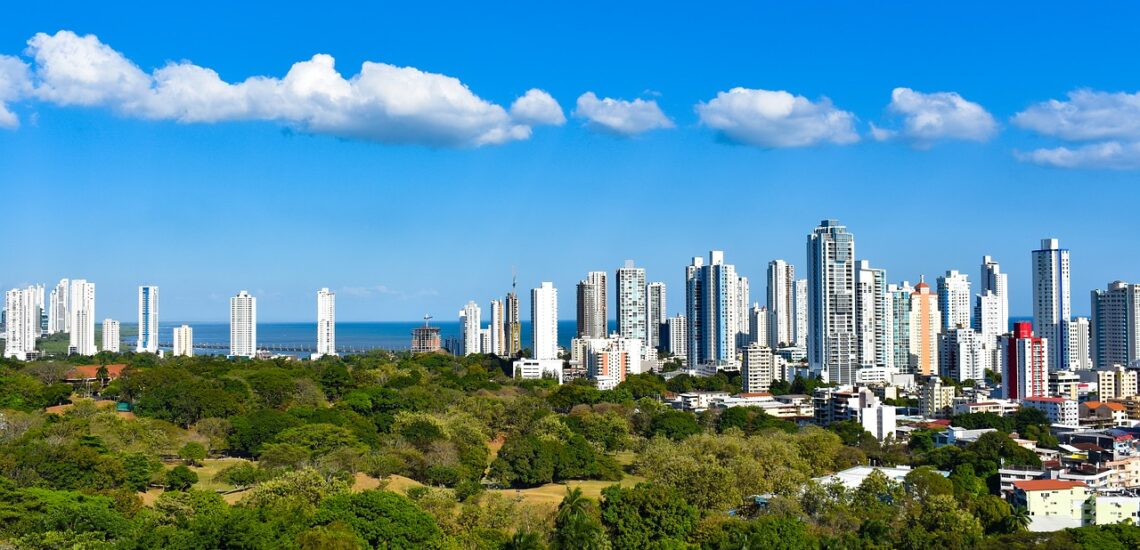Quick facts about Panama:
- Population: Approximately 4.4 million people.
- Capital: Panama City.
- Official Language: Spanish.
- Currency: Panamanian balboa (PAB) and United States dollar (USD).
- Government: Presidential republic.
- Major Religion: Christianity, predominantly Roman Catholicism.
- Geography: Located in Central America, bordered by Costa Rica to the west and Colombia to the southeast. It is known for the Panama Canal, which connects the Atlantic and Pacific Oceans.
Fact 1: The Panama Canal generates up to a third of the country’s total revenues
The Panama Canal is a vital waterway that connects the Atlantic and Pacific Oceans, facilitating global maritime trade and transportation. It serves as a key source of income for Panama through tolls charged to ships passing through the canal.
According to data from the Panama Canal Authority (ACP), the revenues generated by the canal represent a significant portion of Panama’s gross domestic product (GDP) and government revenues.
The construction of the Panama Canal represented a monumental engineering feat that required overcoming significant challenges, including rugged terrain, dense rainforests, and the need to traverse the continental divide. The canal’s construction involved extensive excavation, the creation of locks and dams, and the management of water resources to facilitate the passage of ships between the Atlantic and Pacific Oceans.
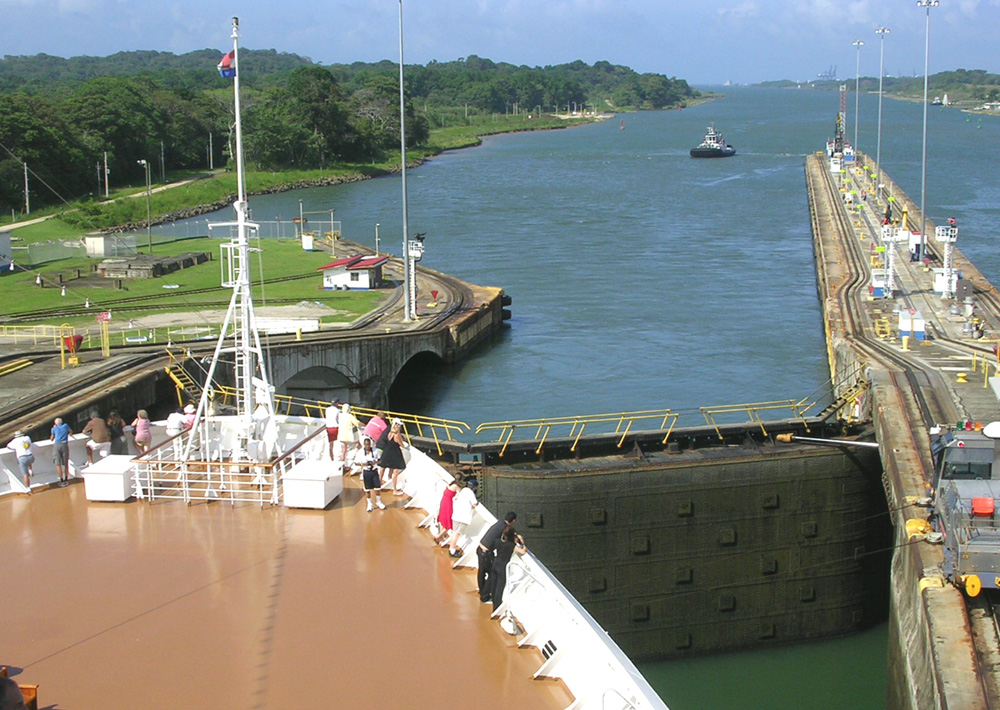
Fact 2: The U.S. dollar has been one of the official currencies for over 100 years
The United States dollar has served as one of Panama’s official currencies for over a century. Its usage traces back to the early 1900s during the construction of the Panama Canal, where it became the currency of choice within the Panama Canal Zone. This adoption was formalized through treaties between the United States and Panama. Since gaining sovereignty over the Canal Zone in 1979, Panama has continued to use the U.S. dollar alongside its own currency, the Panamanian balboa. This dual-currency system has contributed to economic stability, facilitated trade, and simplified financial transactions within Panama.
Fact 3: Panama City is a city with a rainforest inside
Panama City, the vibrant capital of Panama, is bordered by verdant natural reserves and green spaces. Metropolitan National Park, spanning approximately 232 hectares (574 acres) within the city limits, stands out as one of the world’s few urban parks boasting a tropical rainforest. This lush oasis offers a haven for diverse wildlife, including over 250 bird species and numerous mammal and reptile species. While not entirely encompassed by a rainforest, Panama City’s adjacency to such natural reserves allows residents and visitors to immerse themselves in the captivating biodiversity of the region.
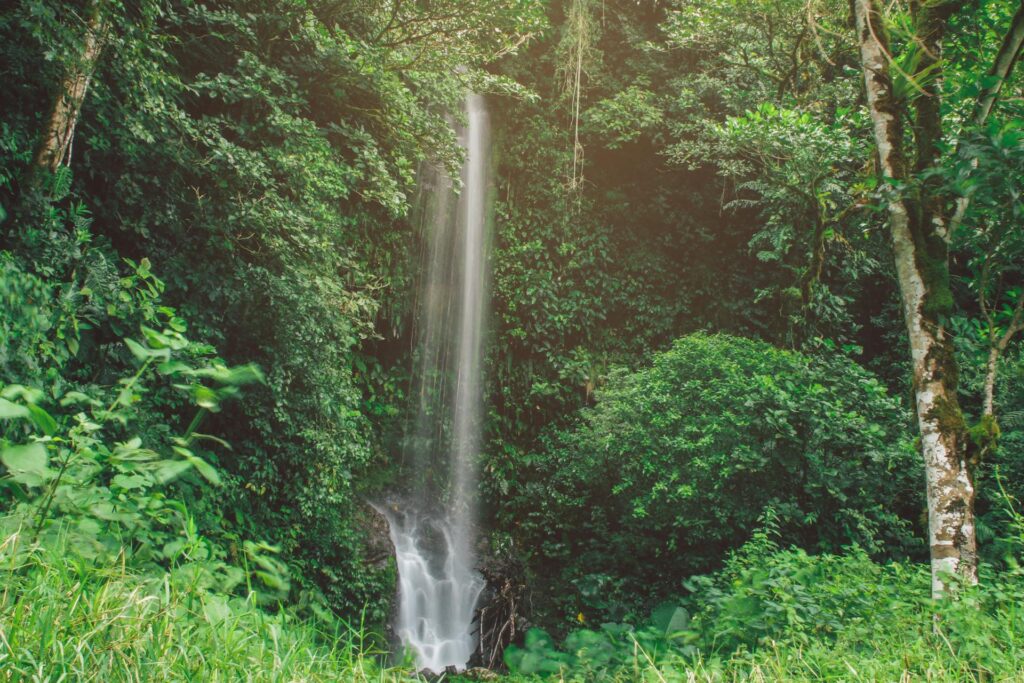
Fact 4: The oldest continuously operating railroad is in Panama
The Panama Canal Railway Company was established in 1850, making it one of the earliest railways in the Americas. The railway was constructed to provide a transportation link between the Atlantic and Pacific Oceans during the California Gold Rush era, offering an alternative route to the lengthy and treacherous journey around Cape Horn.
The Panama Canal Railway spans approximately 48 miles (77 kilometers) across the Isthmus of Panama, connecting the Atlantic Ocean port of Colón with the Pacific Ocean port of Balboa. This vital transportation corridor played a significant role in the construction and operation of the Panama Canal, facilitating the movement of goods, materials, and workers between the two coasts.
Today, the Panama Canal Railway continues to operate as a crucial freight and passenger rail line, transporting cargo containers, bulk commodities, and passengers between the Atlantic and Pacific Oceans.
Note: If you plan to visit the country, check if you need an International Driver’s License in Panama to rent and drive.
Fact 5: Panama has amazing biodiversity
The country encompasses a wide range of habitats, including tropical rainforests, cloud forests, mangrove swamps, savannas, and coral reefs. This diverse array of ecosystems supports a staggering array of flora and fauna.
Panama is home to over 10,000 species of plants, 1,500 species of trees, and an estimated 1,000 bird species, making it a paradise for birdwatchers. Its rainforests teem with exotic wildlife, including sloths, monkeys, jaguars, tapirs, and myriad reptiles and amphibians. The country’s marine environments harbor an abundance of marine life, from colorful coral reefs to whale sharks, dolphins, and sea turtles.
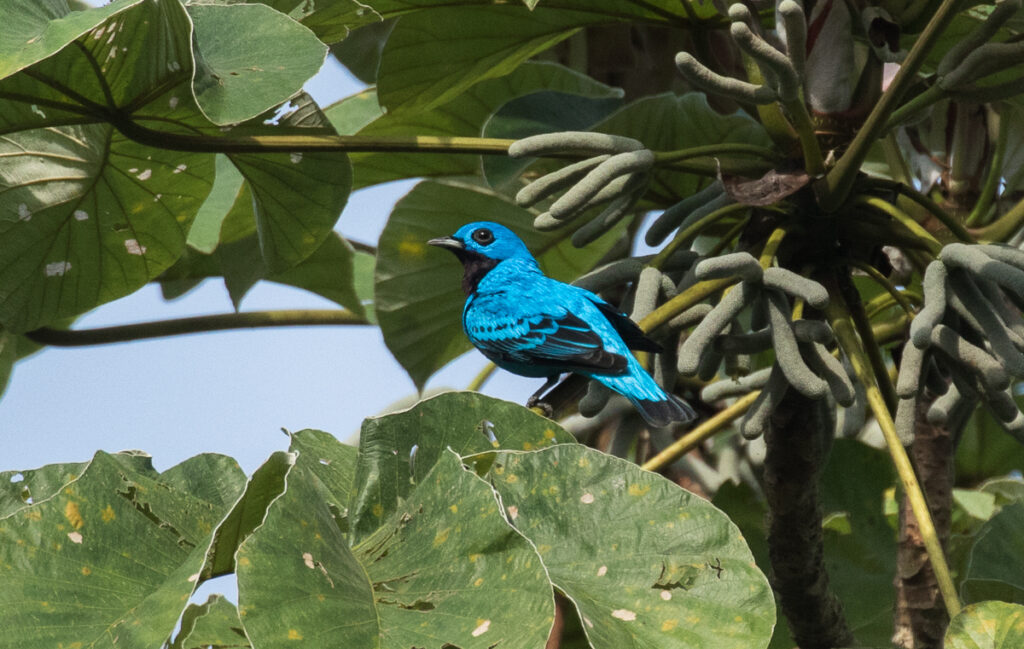
Fact 6: Panama is a rainy country, but there are no hurricanes here
Panama’s wet season typically spans from May to November, with the heaviest rainfall occurring between September and November. During this period, the country receives a substantial amount of precipitation, particularly along the Caribbean coast and in western regions. Despite this, Panama is not frequently affected by hurricanes due to its location outside the primary hurricane belt.
The country’s geographical positioning shields it from direct hurricane impacts. Instead, Panama may experience indirect effects, such as heightened rainfall and gusty winds along the Caribbean coast. While these phenomena can lead to localized flooding and landslides, they are generally less severe compared to regions directly in the path of hurricanes.
Fact 7: There are 3 volcanoes in Panama
Among the notable volcanoes in Panama are Volcán Barú, Volcán de Chiriquí, and Volcán El Valle. Volcán Barú, situated near the border with Costa Rica in the Chiriquí Province, is the highest peak in Panama, reaching an elevation of approximately 3,474 meters (11,398 feet). While it is considered dormant rather than active, it remains a significant geological feature in the region.
Volcán de Chiriquí, also known as Volcán Chiriquí Viejo, is located near the town of Volcán in the Chiriquí Province. This volcano is part of the Cordillera de Talamanca mountain range and is characterized by its rugged terrain and volcanic activity.
Volcán El Valle, located in the El Valle de Antón area of Coclé Province, is a dormant volcano that last erupted approximately 13,000 years ago. Today, it is recognized for its picturesque landscape, hot springs, and diverse flora and fauna.

Fact 8: Panama hats aren’t actually from Panama
Panama hats are finely woven hats made from the straw of the toquilla palm, which grows primarily in Ecuador. The hats gained international recognition during the 19th century when they were exported from Ecuador to Panama, where they were sold to travelers passing through the Panama Canal or visiting the Panama-Pacific International Exposition in San Francisco.
Due to their popularity among travelers to Panama, the hats became associated with the country and came to be known as “Panama hats.” However, their true origin lies in Ecuador, where skilled artisans have been weaving them for centuries.
Fact 9: Panama has an archipelagos of islands in the Caribbean Sea with great beaches
Among the notable island groups in Panama’s Caribbean region are the San Blas Islands (also known as the Guna Yala Islands) and the Bocas del Toro archipelago. The San Blas Islands, located off the northeastern coast of Panama, are renowned for their pristine beaches, crystal-clear waters, and vibrant indigenous culture. These islands are primarily inhabited by the Guna indigenous people and offer visitors the opportunity to experience traditional Guna customs and lifestyles while enjoying the natural beauty of the region.
Similarly, the Bocas del Toro archipelago, situated near the border with Costa Rica, is famed for its picturesque beaches, lush tropical vegetation, and diverse marine life. The main island of Isla Colón and surrounding smaller islands attract visitors with their idyllic coastal landscapes and opportunities for activities such as swimming, snorkeling, and surfing.
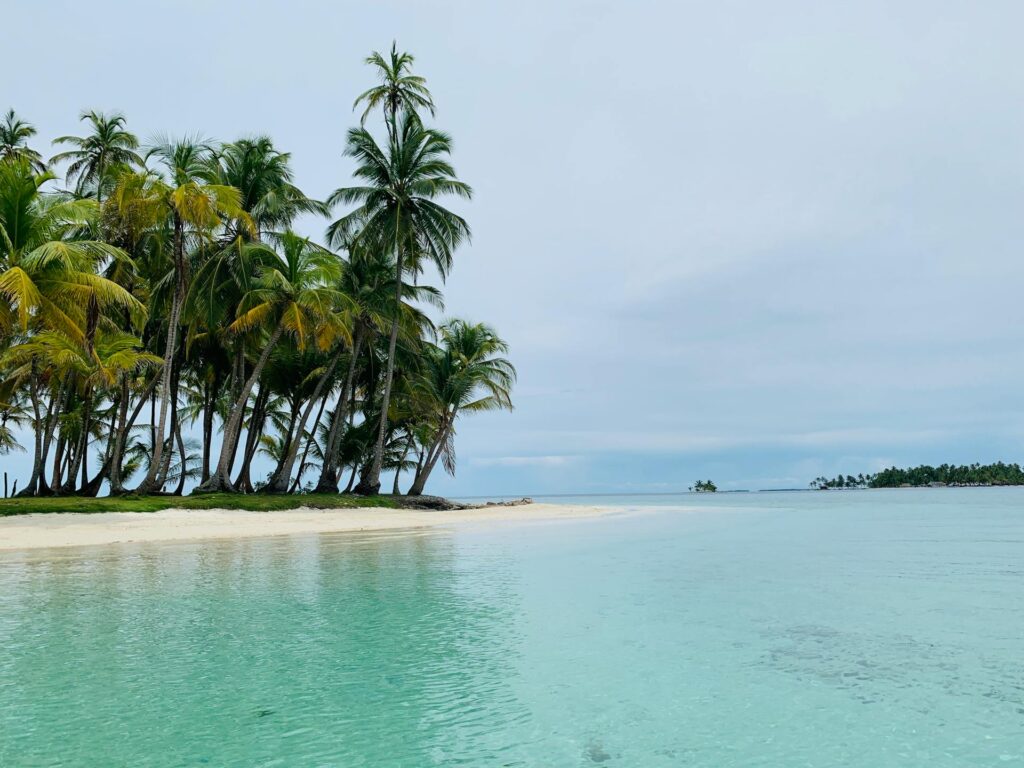
Fact 10: Panama has the second largest duty-free zone in the world
The Colon Free Trade Zone, located near the city of Colón on the Caribbean coast of Panama, spans over 1,000 hectares (approximately 2,470 acres) and is considered a major hub for international trade and commerce. Established in 1948, the CFZ offers a wide range of duty-free goods, including electronics, clothing, cosmetics, jewelry, and more.
As one of the largest duty-free zones globally, the CFZ serves as a vital economic engine for Panama, attracting thousands of international businesses and generating significant revenue for the country. Its strategic location near the Panama Canal and its access to major shipping routes make it an ideal distribution center for goods destined for markets across the Americas and beyond.

Published April 21, 2024 • 7m to read

